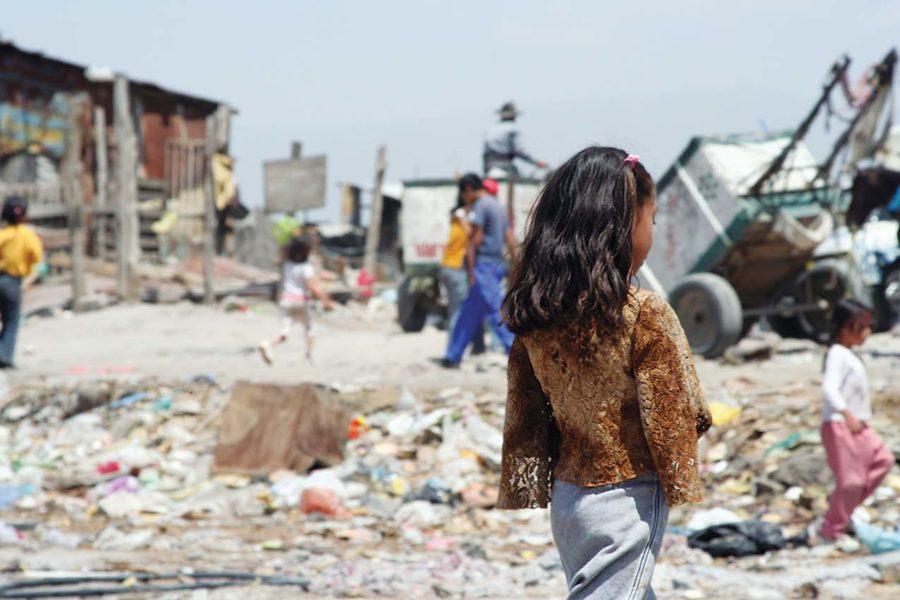Desai: Tariffs on non-fuel mineral export from Africa can yank up economy
November 3, 2011
Reminiscing childhood, we usually fondly remember the carefree days where we dreamed about one day becoming what we wanted to, about helping out and contributing like the grown-ups, and about doing what we’re good at. At least that’s what children growing up in developed countries have the chance to do.
Children in some countries in Africa, however, have only one thing on their minds — food. When they’re fed, they probably worry about food for tomorrow and fear for their safety. For some, a chance of getting basic education to escape their fate depends on toiling to find a diamond.
In Somalia, 29,000 children age 5 and younger have died in the 2011 famine. Another 3.7 million people are in crisis, according to U.N. Secretary General Ban Ki-moon. The food crisis is caused partly by drought and partly by mismanagement.
In the short run, providing food, aid of labor, tools for irrigation, power and desalination plants, and farming is important. But in the long run, for poverty to end in Africa, it has to come to equal economic standing with other countries. For this to happen, Africa must become more technologically advanced.
This struck me as I was pondering the poverty problem there while my technology and social change professor talked about the tariff’s role in the history of industrial development.
Looking back into U.S. tariff history, when domestic industries were just starting and competing with large companies such as those in Britain, it would’ve been impossible at the time, had there been no tariffs to make prices of exported and domestic products approximately the same. The U.S. government imposed a 40 percent tariff on exported items so that the prices of domestic products matched those of exports. The bloom of economic development followed.
Although free trade promotes competition and improvement and is essential once companies in a nation are developed, startups need profit incentives. Many African nations need startups.
Infant industries in developing nations, where the currency value is low, can’t afford the global market price of raw materials that grown industries in developed nations can. Instead of caving to the short-term monetary benefits of high amounts of export, African governments need to impose a hefty percentage of tariffs (or trade tax) on their non-fuel mineral exports. This would cause mineral prices to decrease domestically because the tariff on exports would lessen export and would prompt miners to sell the access supply of metals and other minerals for a cheaper price within Africa. As a result, it would be made possible for manufacturers to open facilities in the central part of the continent, which is more in need of development.
As importers turn to other exporters, the concentrated rise in demand of minerals would cause an increase in price around the globe. This also can stimulate emphasis on recycling metals and products such as cellphones and cables. Developed industries like cellphone and cable manufacturing companies that depend on metals such as copper, cobalt and so on, seem to be doing well enough to accommodate a low price increase on raw materials compared to high increase in wages (with inflation) and oil prices.
Meanwhile, African nations can pour that money from tariffs into infrastructure, industries and providing protection for citizens and properties. The flourishing of industries in the vast lands of Africa would give way to jobs and a higher quality of living.
Once industries and infrastructures are built in African countries, tariffs on imports can be implemented for a short duration to keep them from succumbing to cheap mass produced goods in developed nations.
Be on the lookout for part two on boosting Africa’s economy, which will discuss the trade history of various nations, Congo’s current situation and more.







